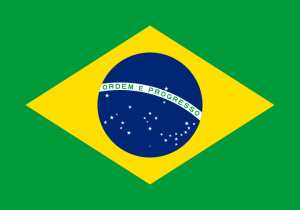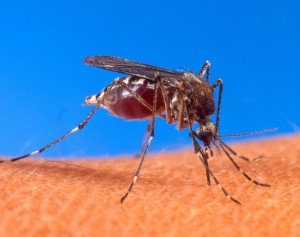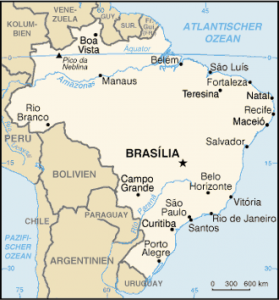
Over a million people from around the world, including 10,000 England supporters from the U.K, are expected to flock to Brazil this summer for the FIFA World Cup 2014. Excitement is mounting as the games are due to kick-off in Sao Paolo next week. The event takes place across 12 cities in Brazil which, like many tropical countries, is plagued by an array of communicable and infectious diseases. With the migration of millions of travellers to Brazil this summer (and, in the near future, for the 2016 Olympics!) there are increasing concerns about the spread of these diseases.
Brazil is a hotspot for dengue in particular; caused by a deadly mosquito-borne virus. Often dengue infections are asymptomatic or mild with cold/flu-like symptoms, however, 5% of infections can develop into Dengue Fever (DF). Dengue Fever is characterised by more severe flu-like symptoms including fever, headache, rashes and muscle and joint pains which can last for months. This Flaviviridae virus is unusual in that repeat infections with any of the four serotypes of the virus increase the risk of developing even more severe forms of the disease such as Dengue Haemorrhagic Fever (DHF) and Dengue Shock Syndrome (DSS), and may result in death.

The main vector of transmission, the mosquito Aedes aegypti, is extremely common in urban environments as a result of abundant artificial breeding sites (water containers, tyres, in fact almost any nook or cranny that can fill with rain water). Since international travel is also a driving factor of dengue epidemics, concerns about dengue outbreaks during the world cup have been raised.
As a result the Lancet has recently published an article that addressed the potential for a dengue epidemic during the tournament, giving risk level warnings for each of the 12 cities for this summer. Incorporating seasonal climate forecasts and observed dengue epidemiological data into their model, the authors produce a spatiotemporal Bayesian hierarchical model that identifies optimum trigger alert thresholds for medium and high- risk of dengue. This model will allow dengue warnings to be made up to 3 months ahead, enabling the Ministry of Health and local authorities to implement appropriate, city-specific mitigation and control actions before the world cup.

Explanatory variables included population density, altitude, precipitation and temperature and the relative risk of dengue (observed-to-expected dengue cases ratio), whilst unobserved confounding factors were also taken into account. These included: presence of mosquito predators, complex serotype interactions and their dependency on spatial and temporal structures such as different ecological zones.
This was in part carried out by dividing the cities into “microregions” (one large city and several smaller municipalities ranging from 17000 km2-332 000km2). Ultimately, they identify medium-risk areas in Rio de Janeiro, Belo Horizonte, Salvador and Manaus and high-risk areas in the north eastern cities of Recife, Fortaleza and particularly in Natal- which aligns with the forecast of positive precipitation anomalies in this area.
Routine preventative measures such as entomological surveillance and vector control measures, notification of suspected cases with lab confirmation and clinical care protocols are currently in place in the world cup host cities. This is the first example of a climate service for public health, ahead of a major global event. Based on early warnings, control strategies could move from simply dealing with clinically severe dengue and death prevention to intensively combating mosquito populations in high-risk cites.
There are no vaccines or drugs against dengue and so, despite the local precautions being taken, visitors to endemic areas should protect themselves against mosquito bites to avoid possible infection. The Aedes aegypti mosquitoes that transmit dengue will bite during the day so measures such as wearing clothing that covers exposed skin and applying a DEET based insect repellent, as well as sleeping in rooms with screens to protect against mosquito entrance, are advisable.

Comments